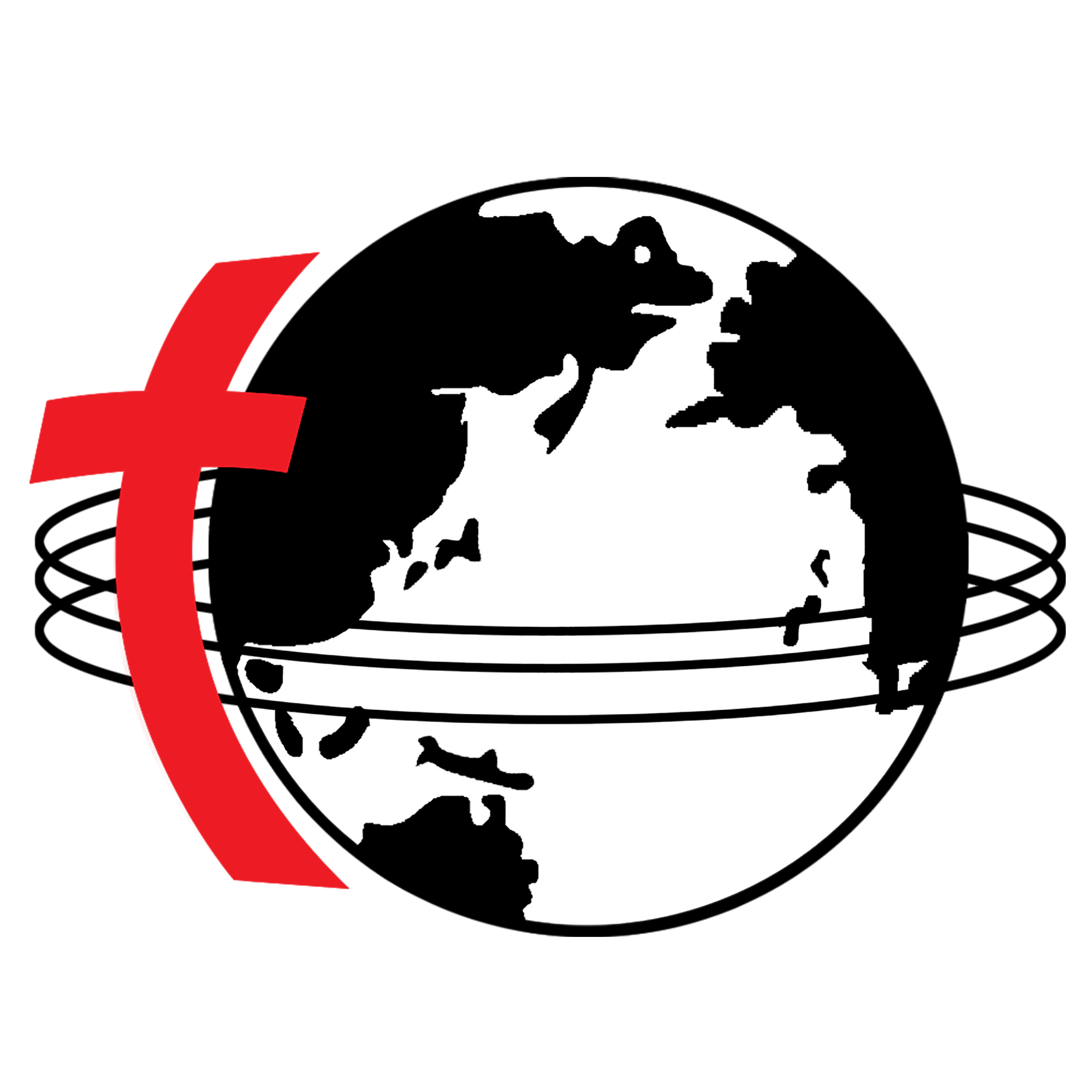
China Bridge (神州橋樑)_2018/May
Can these bones come alive?’ Some churches in South China
The South was once known as the wasteland (不毛之地), a place where vegetation and crops hardly grew.
Populated by peasants, ethnic minorities, exiles and migrants, the region was even considered barbarous – beyond the pale of Chinese civilisation as conceived by those who inhabited the Middle Kingdom, and who saw themselves as “heirs of legendary emperors.”
The South plays a different role today on the national agenda. Southern provinces account for over 60 per cent of the country’s GDP. A steady influx of migrants from the north to the south inflates coastal cities.
Global extension vs. internal flexing
I. China’s acquisition, and building of ports and military bases abroad (part of the big-ticket Belt and Road Initiative) have captured the world’s attention.
Equally dramatically, inland cities, many of them in the south, such as Changsha (Hunan), Nanning (Guangxi), Kunming (Yunnan), Chongqing (Sichuan), Guiyang (Guizhou) are turning into transportation and commercial hubs, big data centres, ready to be plugged into a 21st century global trade network.
According to this plan, Chinese capital will find new outlets for overseas investments. Hungry Chinese industries will get ample raw materials. Excess supply of Chinese products will find new markets.
But this high-speed go out and get it also heightens some age-old tensions between the centre and the margins. The centre wields unmistakable power, but southern outposts represent the untamed, something dangerous, perhaps more akin to what lies beyond the borders and through which foreign influence seeks to infiltrate.
As China opens more to the world (necessarily devolving power to local governments, state and private enterprises), at home the policies are bent on recentralising.
II. At the National People’s Congress, and the Chinese People’s Political Consultative Conference (Two Meetings) held in March 2018, delegates voted, almost unanimously, in favour of key constitutional changes.
Contrary to the 1982 Constitution, the leadership of the Chinese Communist Party is now codified in the supreme law. There are dangerous echoes of the 1975 and 1978 versions under the influence of the Cultural Revolution.
Scrapping of the term limit of the presidency and vice-presidency of the People’s Republic of China paves the way for Xi Jinping to rule beyond 2023.
The Two Meetings also approved a massive restructuring of party and government. Party agencies will absorb the functions of several State Council entities.
One party agency that is taking on increasing significance is the United Front Work Department (UFWD). The consolidation signals that the party, and Xi himself (as head of the Small Leading Group in United Front Work), will step up control over religions, ethnic minorities, and Hong Kong, Macau and Taiwan affairs.
On April 3, a curious thing happened at the State Council Information Office. Former officials of the now dissolved State Administration of Religious Affairs (SARA), which has been incorporated into the UFWD, issued a White Paper, China’s Policies and Practices on Protecting Freedom of Religious Belief.
It affirms China’s commitment to religious freedom, but maintains the principle of independence, “as Catholicism and Protestantism, which were known as foreign religions in China, had long been controlled and utilised by colonialists and imperialists.”
One notes a similar dissonance in recent Sino-Vatican negotiations. While official media and the Foreign Ministry profess goodwill, crosses are being removed even from official churches in Henan and Xinjiang; the sale of bibles is prohibited online; even more egregiously, children are not allowed to enter churches, or receive religious instruction.
The tensions between globalisation and centralising provide a context for my reflections on a visit to some churches in the South.
Development and faith
I. Huge red signboards wall off a construction site right in front of the church entrance. Emblazoned on it are 12 socialist core values and the motto, “People have faith, the nation has hope, the country has power.”
Despite the proximity to the church, faith here refers to faith in the party or communism, not religious faith.
When did Marxism, a historical materialist view of economic and human history, become a faith? Under Socialism with Chinese Characteristics for a New Era, the party has been competing rigorously with other faiths!
Since the 1980s, the number of believers of the five recognised religions – Buddhism, Daoism, Islam, Catholic, and Protestant Christianity has exceeded the number of party members – many of whom have become believers. Hence the recent order that party members must be atheist.
The party and the nation face an even graver risk. The regime has been fostering economic growth in place of civil and political freedom – a Faustian bargain that has created a moral vacuum and latent instability. People condone party supremacy and government legitimacy – so long as prosperity lasts.
President Xi, the core of the Communist party, insists on guiding China toward a cultural renaissance. The prescription is at least a century old. China will mark the centenary of the founding of the Chinese Communist Party in 2021 and of the People’s Republic of China in 2049.
They promise: 1) by 2020 China’s GDP and per-capita income should double from 2010 levels, and China will become a “moderately prosperous society”; 2) by mid-century, China should become a modern socialist country that is “prosperous, strong, democratic, culturally advanced and harmonious.”
II. In one village I visited, nicely furnished three-storey homes stand vacant, awaiting their owners (who work in another province) to return during the Spring Festival. Next door, the parents of a religious sister live in an old farmhouse (no sign of prosperity).
I sat down to a meal with an old Catholic family. The grandparents and the small children said grace, the adult children kept quiet.
In a nearby town, I attended a house blessing. The lady, who is a corporate executive, recalled how she had prayed fervently: “Mother Mary, help me buy a house!” The family showcased a statue of the Virgin Mary, appraising it artistically and noting how much it cost.
The Church in the South also follows a pattern of migration. Some parishes are shepherded by pastors from north China who bring a deep-rooted spiritual and theological formation. But there are also stories about dubious characters shipped off from far-away dioceses.
Migrant students, workers, and business-owners add vitality and contribute financially to urban Church life. Faith-sharing activities even on weeknights are well attended. Some college students thirst for formation, so much so that they roam from one parish to another in search of learning and service opportunities.
There are also big, empty churches where church life seemed minimal. A laywoman complained bitterly about the lack of clerical leadership. The priest celebrated Mass in a thick, local accent which few parishioners from other provinces could understand. But the problem may be more than linguistic, as he did not speak with local sisters either.
The laywoman continued: “When a community fails to give witness to the joy, integrity and sharing of Christian life, even people outside the Church notice. Few are attracted.”
III. Pope Francis has spoken positively of the role of women in the Church. In China, most congregations of women religious are under diocesan management.
While some priests are itinerant (ministering in the city on Sundays, and travelling to nearby towns and villages on weekdays), religious sisters tend to stay in one location. They take care of catechism, religious instruction, and visit with the elderly and young children.
The absence of young people in villages has spurred at least one congregation to rethink their charism and ministries.
Some have rental properties that help to supplement income. But almost invariably the sisters are worried about money. Most entered religious life in the late 80s and 90s. They are now middle-aged and health is becoming an issue.
Some sisters refrain from seeing the doctor, despite debilitating illnesses, because they do not have health insurance.
The women’s religious congregations tend to be smaller in the South. As vocations dwindle (nationwide), there is uncertainty about what the future would hold personally, and for these small communities. Not every diocese has enrolled the sisters in social security, so retirement could be a nightmare.
Pope Francis has set about empowering local Churches, the laity, women and the youth. “Go to the peripheries; return to the Church’s missionary roots,” he exhorts.
That may not be the case in some churches in South China. In some places, curial and parish councils do not exist, or may not be functioning. Financial decisions and burdens rest on one person, the bishop, the administrator, or the pastor. Sometimes money may not be spent wisely, draining resources away from the real work of the Church.
IV. Writing in the 1950s and exiled from his beloved community in south China, an old missionary compared the missionary drive of Communism and Christianity: “The Communists are impelled to sell their ideal to others,” while lay Catholics tend to take our religion for granted.
In the 21st century, do we have the enthusiasm and the skills to communicate our faith?
The prophet Ezekiel related a vision in which the Lord led him to a valley filled with bones.
“He asked me: Son of man, can these bones come back to life? … Prophesy over these bones, and say to them: Dry bones, hear the word of the LORD! … As I watched, sinews appeared on them, flesh grew over them, skin covered them on top, but there was no breath in them.
Then he said to me: Prophesy to the breath … From the four winds come, O breath, and breathe into these slain that they may come to life” (Ezekiel 37:3-4, 8-9).
Compared with a Church decimated after the Cultural Revolution, and a people slain many times over by political movements, sinews and flesh have grown over the bones of China, but there is no breath in them.
Is the Church ready to prophesy to the breath?
As centralisation seeps into Hong Kong, what is our mission as a bridge Church in the South? How may we go to the peripheries? How do we return to our missionary roots? Are we prepared for our apostolate?
CP


 ENG
ENG